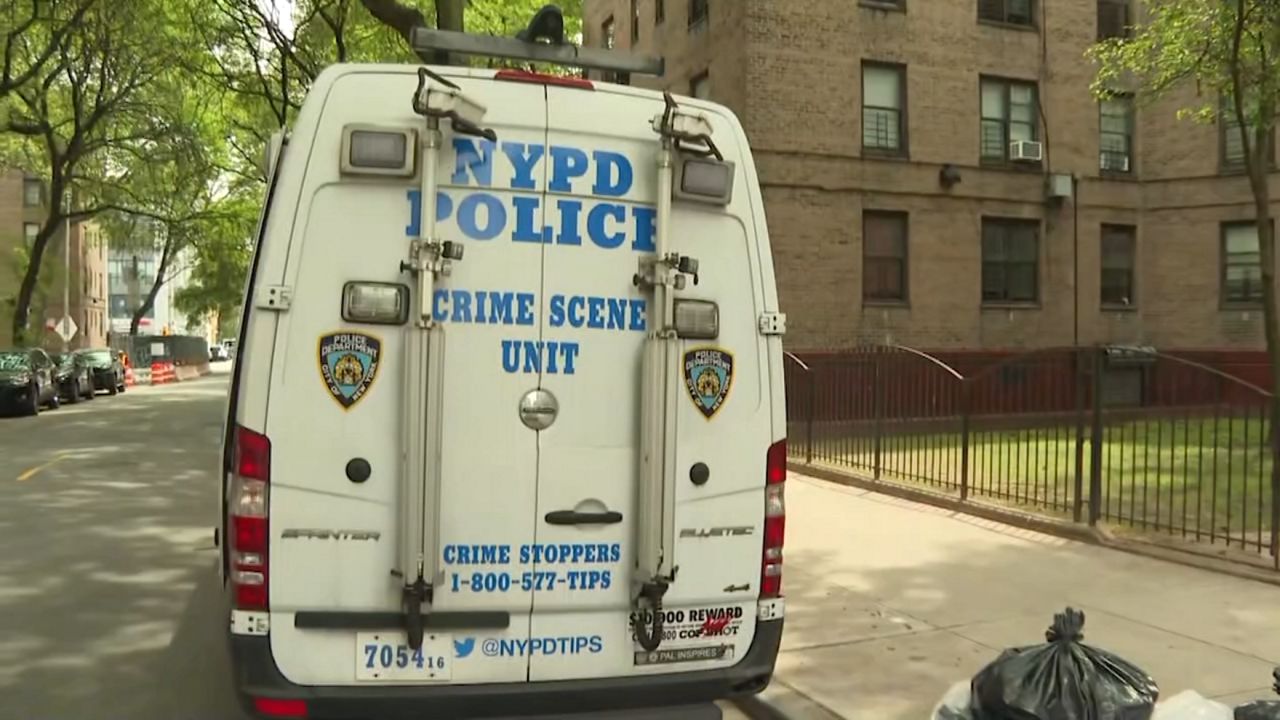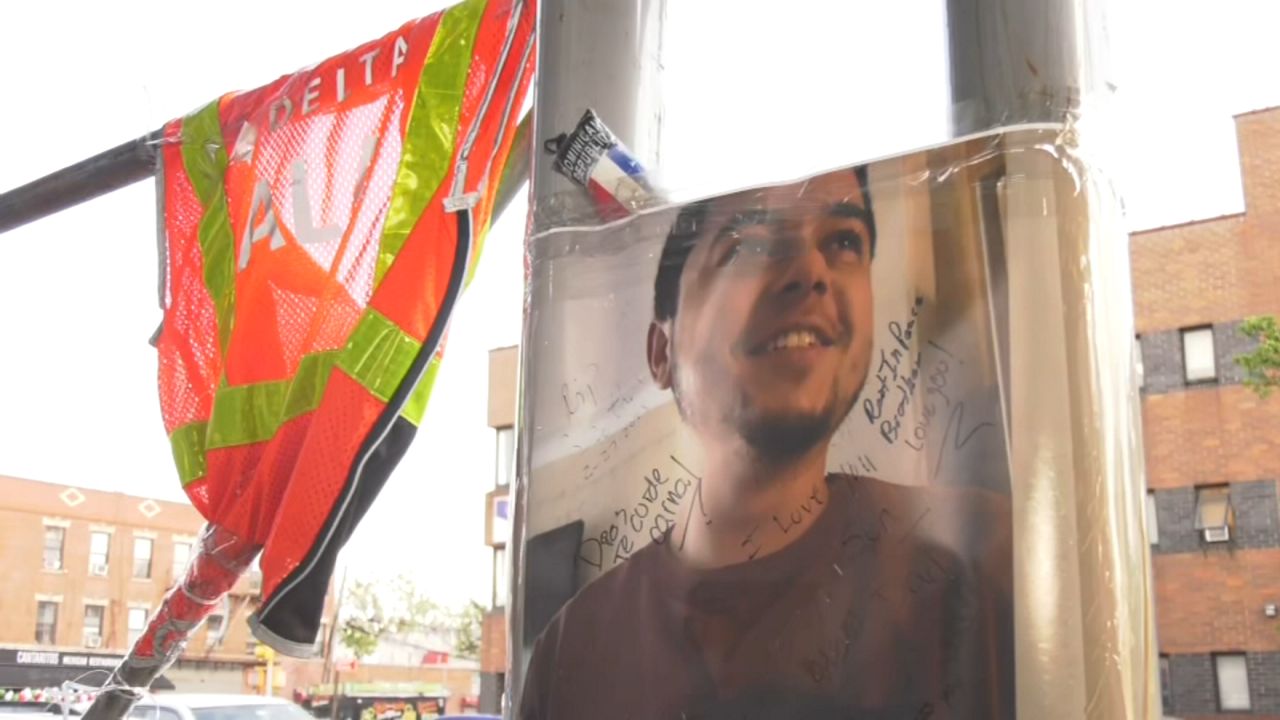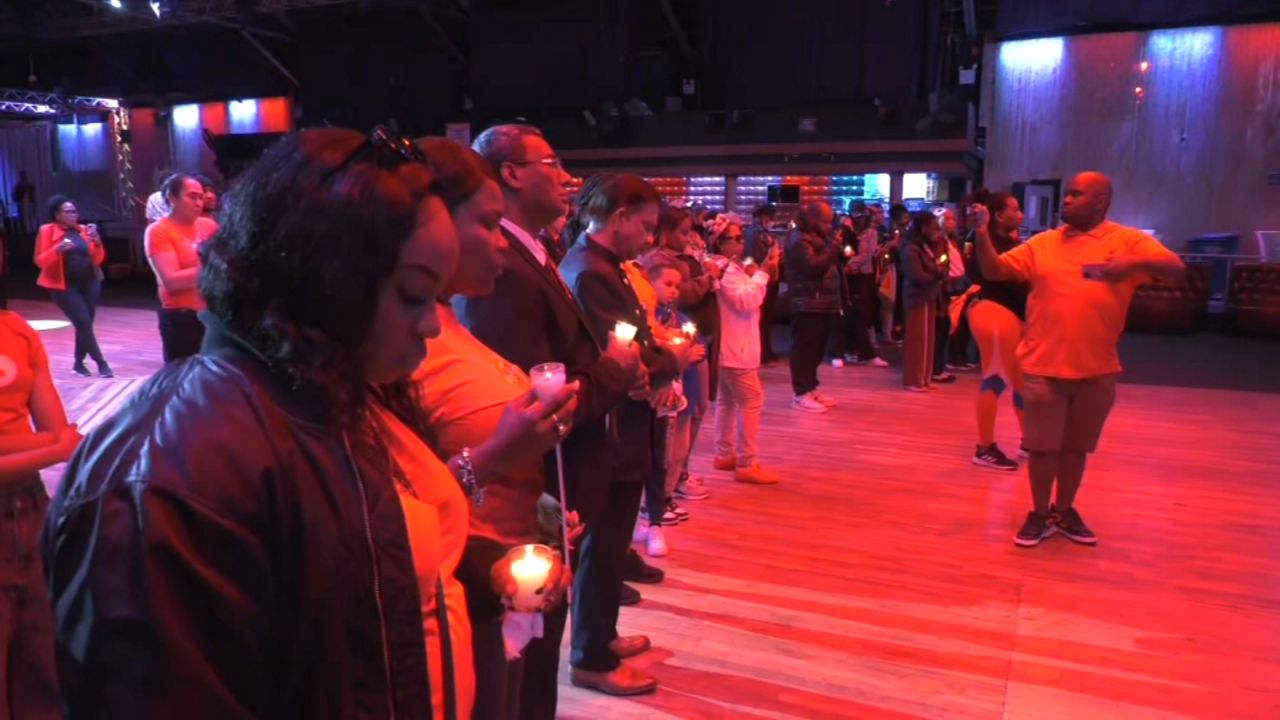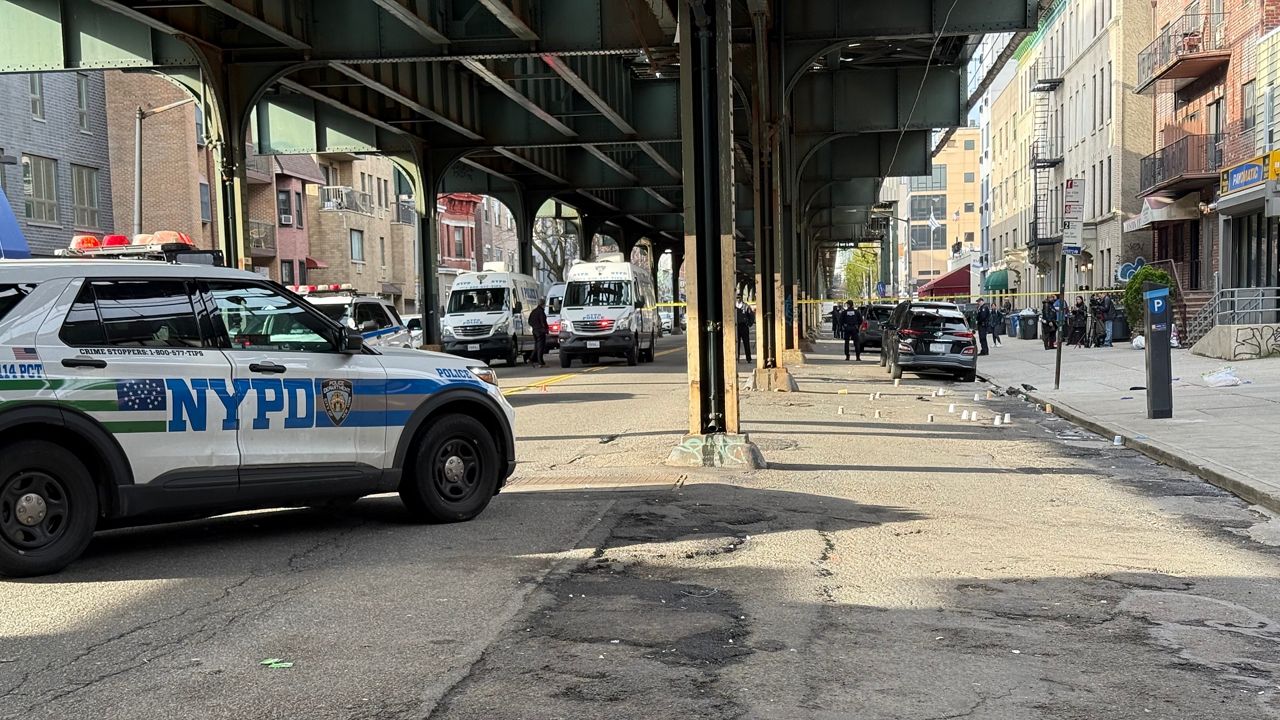In Fort Totten, Queens, the damage is staged, but the urgency is real.
Weather-worn buildings represent what first responders might find after a natural disaster hits, where the mission is to assess, stabilize and keep people safe.
What You Need To Know
- Weather-worn buildings at Fort Totten, Queens represent what first responders might find after a natural disaster hits, where the mission is to assess, stabilize and keep people safe
- This event was an annual training to help workers prepare for the real emergencies happening daily, from fires to building collapses
- Roughly 200 responders are involved in the week-long training, rotating through classroom prep and field work
“Our first knowledge of this is not to get people out of their homes, it’s how do we keep them in their homes?” Department of Buildings Assistant Commissioner for Emergency Services Frank McCarton said.
McCarton says, while this is an annual training, city inspectors respond daily to real emergencies, from fires to building collapses.
Roughly 200 responders are involved in the week-long training, rotating through classroom prep and field work.
“Every year we improve it. Technology gets better. We’re using drones. We’re using electronics,” McCarton said.
NYC Emergency Management and the FDNY were also there, just some of the partners in building readiness.
“We like to build live maps out of new data. So, we would take the drone,” FDNY Robotics firefighter John Wakie said, “we would fly it around, get a bunch of photos.”
Those images become 2D models, allowing responders to view a structure’s layout in real time.
“Just having that data at your fingertips, that’s the real power of technology,” Wakie said.
It’s been more than a decade since Hurricane Sandy changed the city. But what’s grown since then, besides tech, is the teamwork.
“I’m a National Guard officer, as well as my city role, and I understand the importance of full-scale exercises,” Deputy Mayor for Operations Jeff Roth said.
Roth was deployed during Sandy.
“I learned firsthand the importance of those partnerships across organizations, so that you can pull on and lean on those partnerships and relationships in times of emergencies,” Roth said.
Sometimes, those emergencies mean making the toughest calls.
“You try to help folks the best you can, but there has to [be] a conversation, which is the hard conversation, where this is going to be a long-term vacate with a lot of damage,” McCarton said.
These agencies don’t only work in the city, as they can be deployed anywhere to help.
In the past, they’ve been deployed to Puerto Rico after hurricanes have hit the island.




_Pkg_Randalls_Island_Assault_CG_1)
_Pkg_Qns_Flood_Relief_Project_CG_1)


